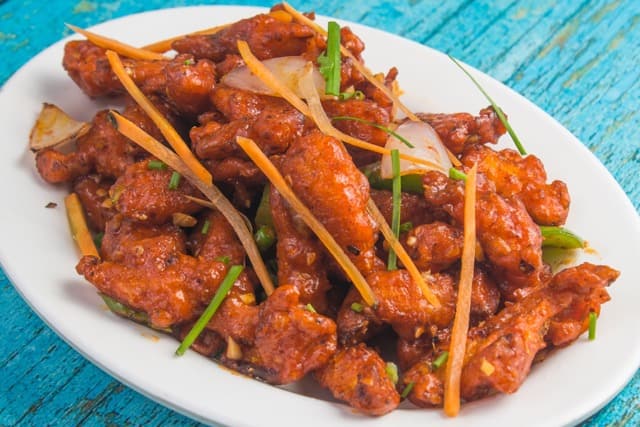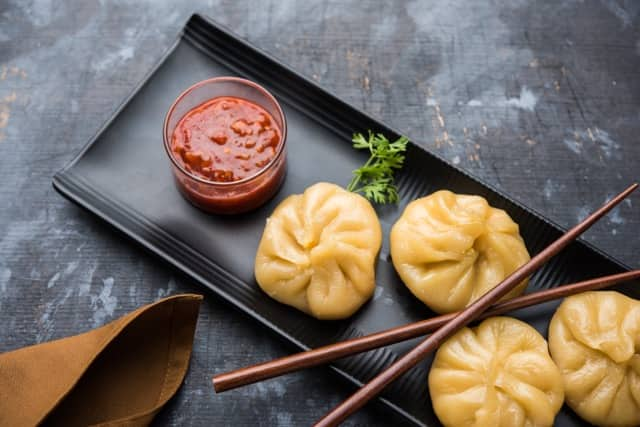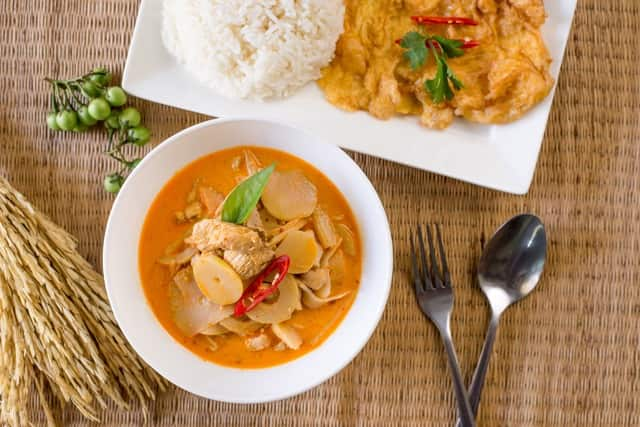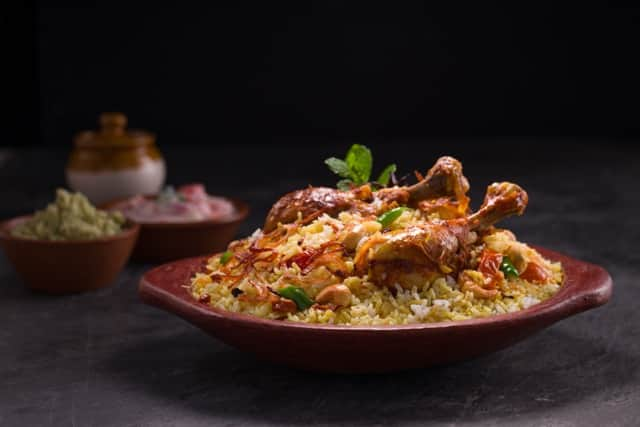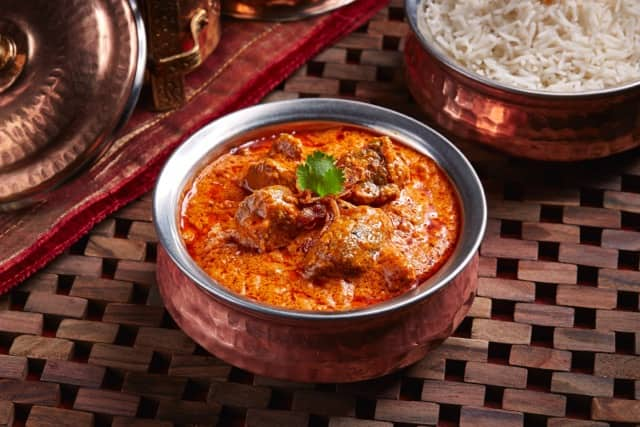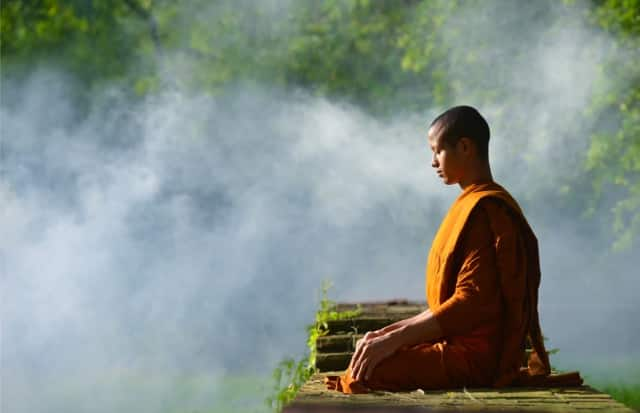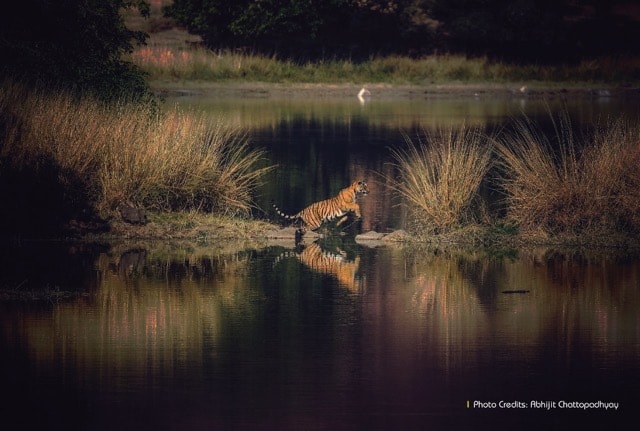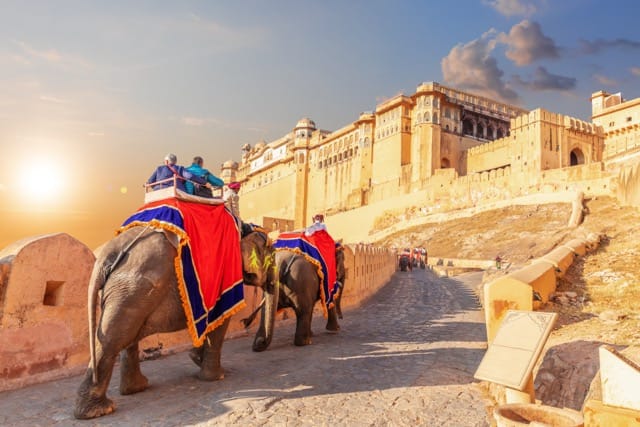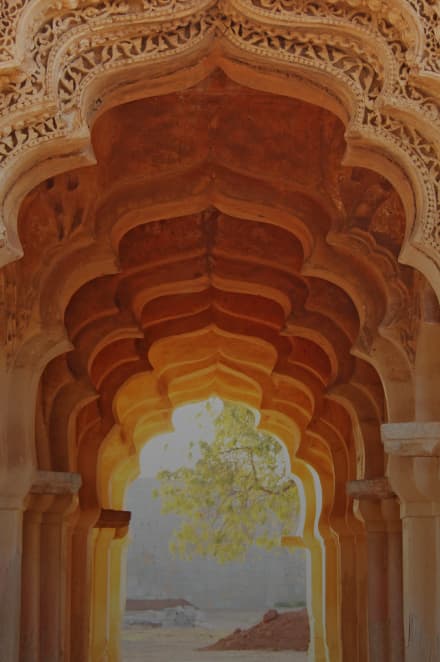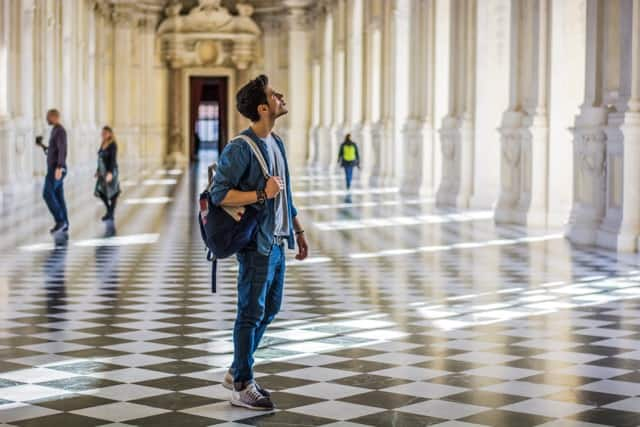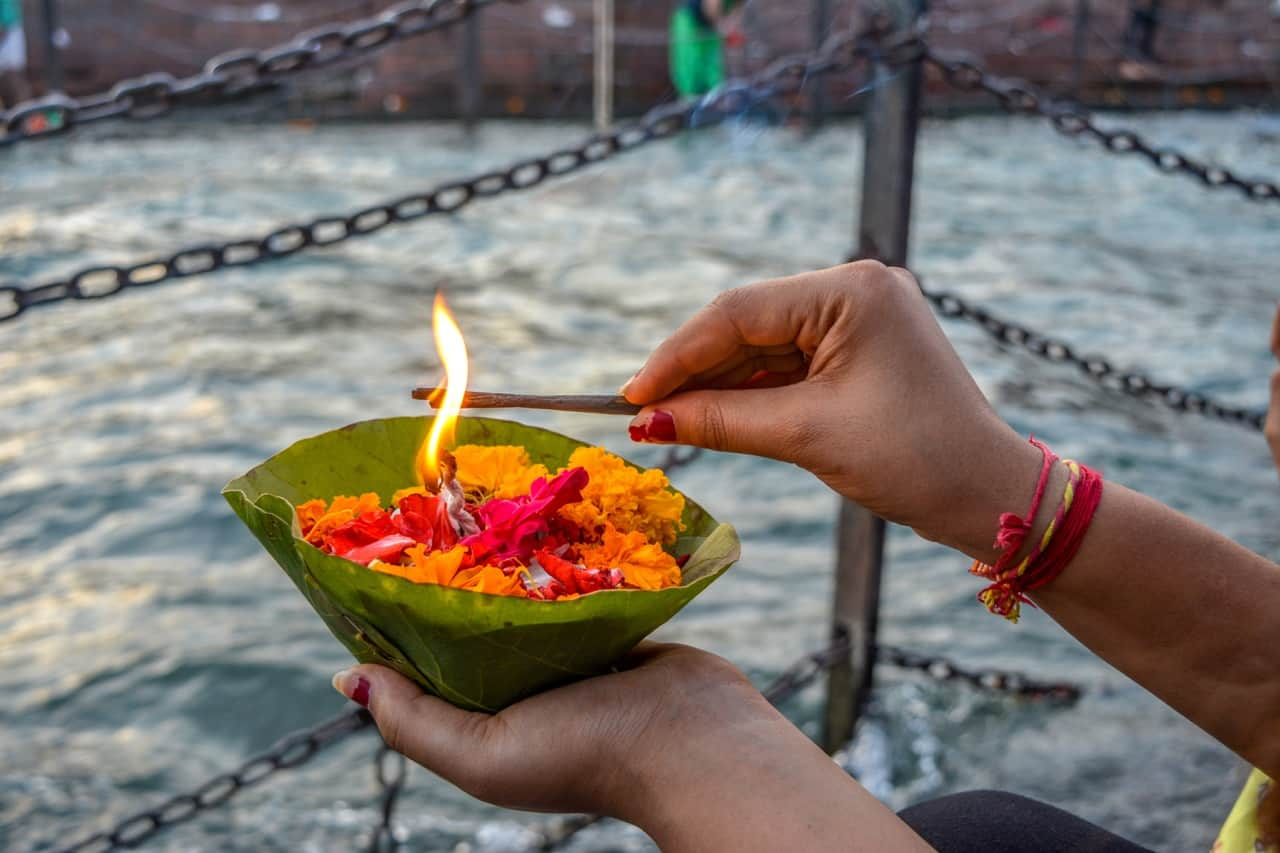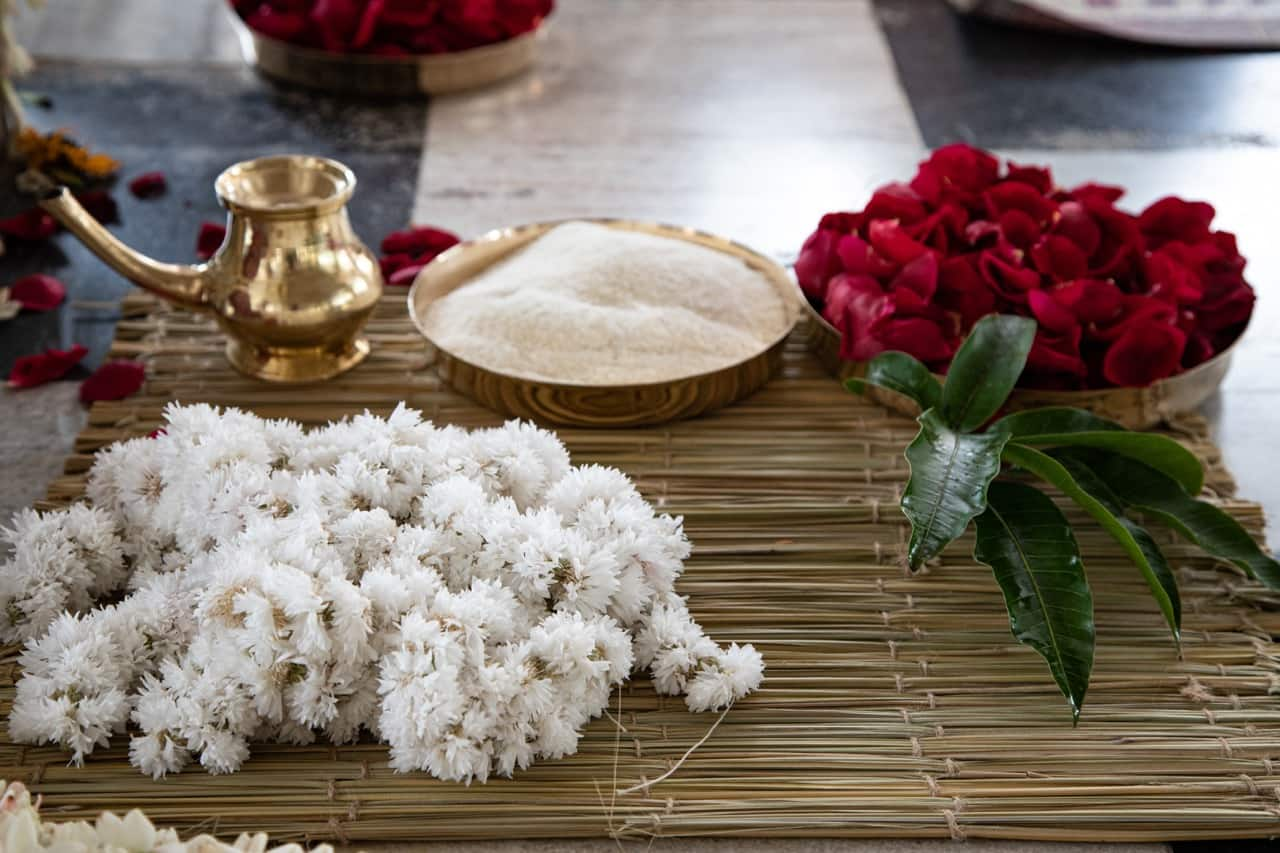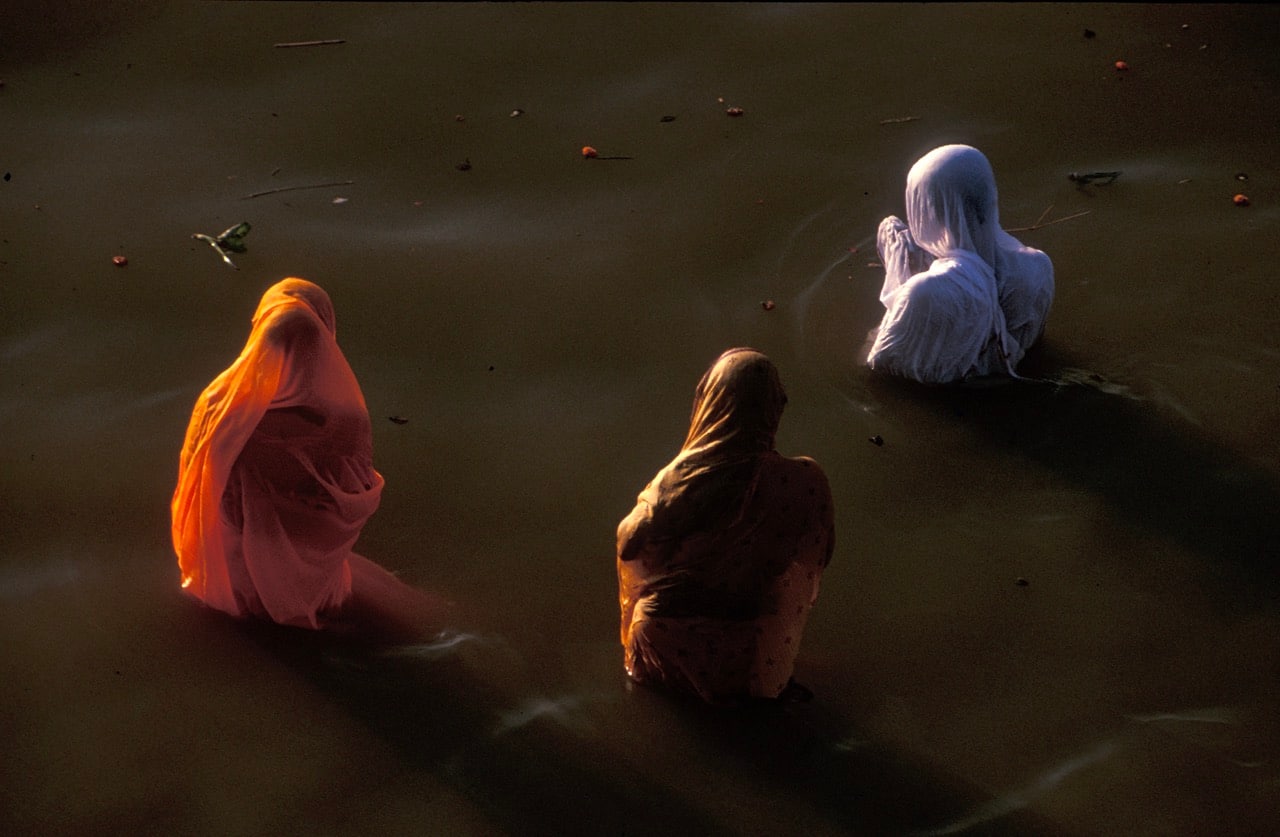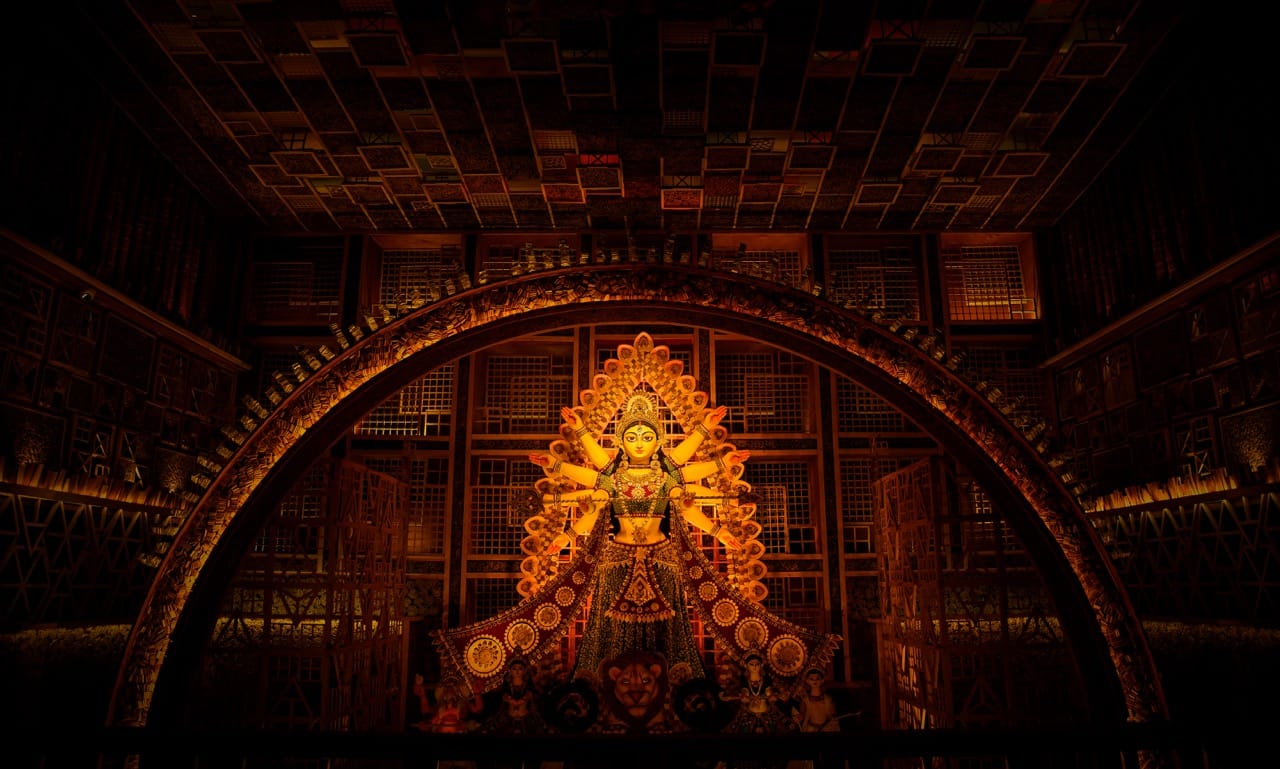The capital of Tripura, Agartala boasts a blend of ancient history, natural beauty and modern vibrancy. Located in the northeastern part of India, along the banks of River Haora, the city is filled with spectacular architecture and grand cultural heritage. From majestic palaces to serene lakes, lush hills, and vibrant markets, Agartala tourism promises an unforgettable experience. Let us uncover the Agartala travel guide to learn about various places to visit, food to try, things to do, and markets to shop from.
How to reach Agartala
- By air: The nearest airport to Agartala is Maharaja Bir Bikram Airport, 12 km northwest of the city centre. There is a single terminal at the airport with two boarding gates, and handles all flights to Agartala and from it.
- By train: Agartala is served by the Agartala Railway Station. The station is well-connected to major cities in India like Kolkata, Guwahati, and New Delhi through regular train services.
- By bus: Agartala has a well-developed bus network that connects it to various parts of the state and neighbouring cities. Travellers can choose from a variety of bus services, including government-run buses as well as private operators.
- Getting around/local transport in Agartala: Auto-rickshaws are a popular transport mode for short distances within the city. The city also has a network of buses operated by the state government.
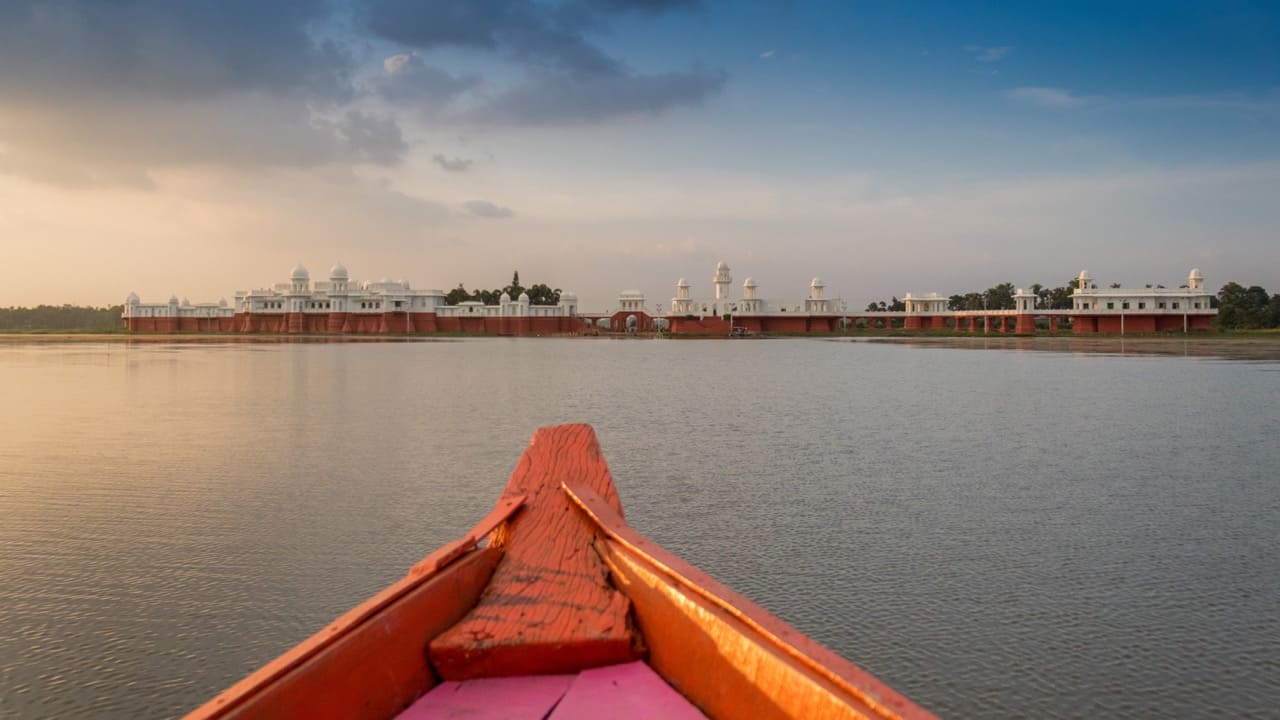
Neermahal
A stunning water palace with beautiful architecture, Neermahal is surrounded by the Rudrasagar Lake.
Exploration time: 1-2 hours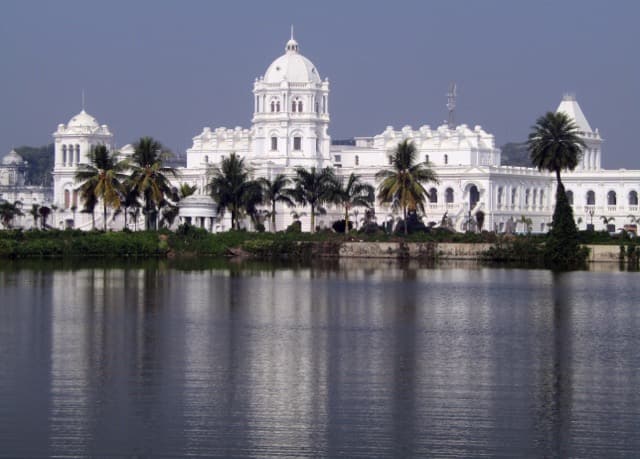
Ujjayanta Palace
Exploration time: Around 2 hours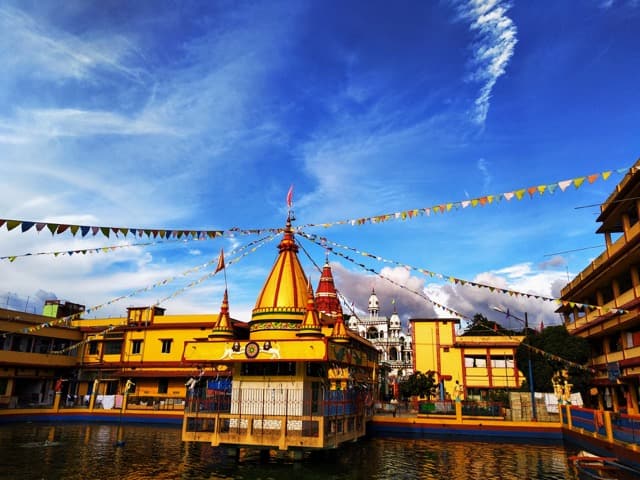
Jagannath Temple
Exploration time: 1-2 hours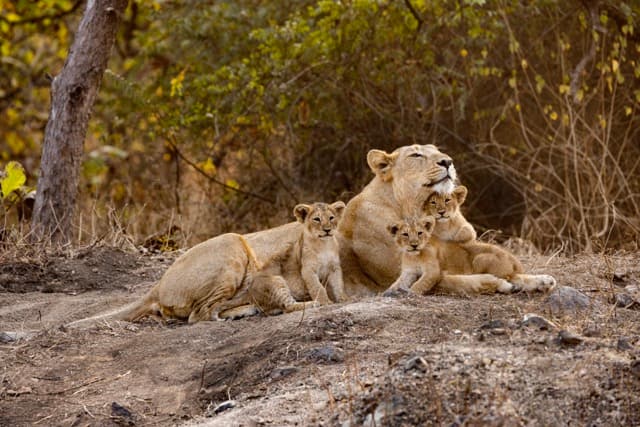
Sepahijala Wildlife Sanctuary
Exploration time: 1-2 hours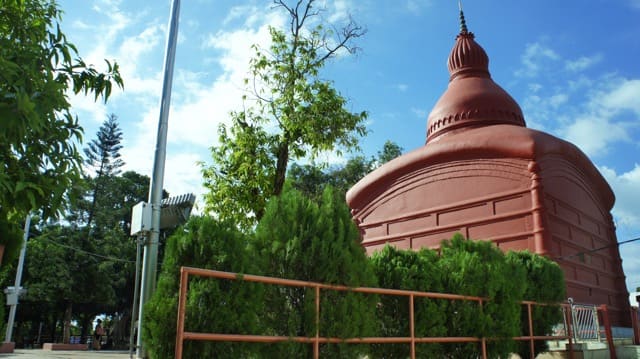
Tripurasundari Temple
Exploration time: 2-3 hours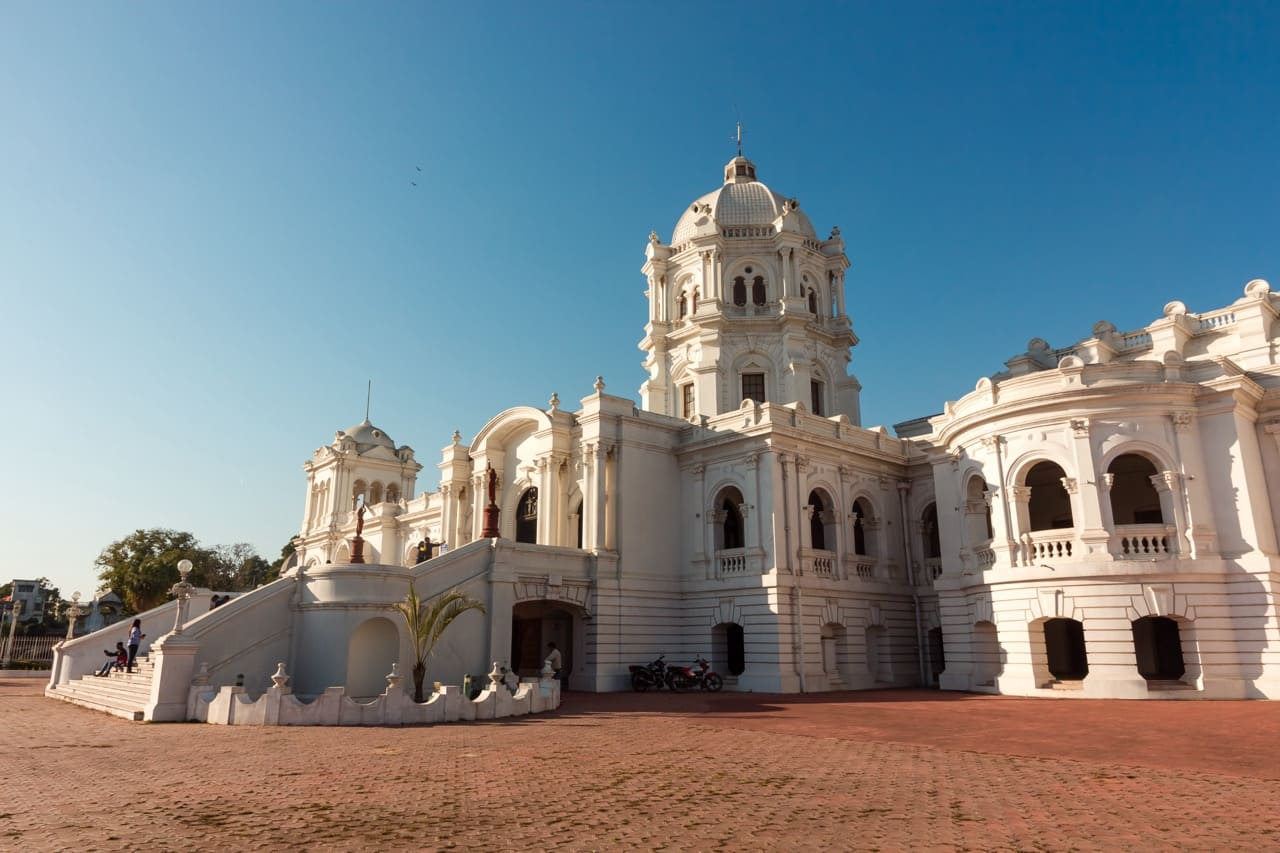
Kunjaban Palace
Exploration time: 1-2 hoursPlaces to eat
Things To Do
Best time to visit
Most commonly spoken languages
Agartala has some excellent options for street shopping:
- Golbazar: From trendy fashion finds to traditional handicrafts, there's something for everyone at Gol Bazaar. Visitors can also try dishes like phuchka (pani puri), momos, jhalmuri, and more while here.
- Battala Market: Battala Market is a local favourite for fresh produce, spices, and street food. Visitors can sample delicious local delicacies and shop for fresh fruits and vegetables.
- Gurkha Basti Market: Gurkha Basti Market is renowned for its exquisite handicrafts, showcasing the region's intricate artistry and skilled craftsmanship. The place offers diverse traditional textiles, woven shawls, bamboo products and tribal artwork.
- Jagat Bazar: Jagat Bazar in Agartala is a lively marketplace buzzing with activity. You will find various clothes and electronics, enjoy local music, and try delicious street food.
More reasons to visit
There are several compelling reasons to visit Agartala. Here are some of them:
- Malancha Niwas: Malancha Niwas is a historical building which holds significance as the place where Rabindranath Tagore, the Nobel laureate poet, stayed during his visit to Tripura. The building is now a museum and a cultural centre, showcasing artefacts related to Tagore's visit and his association with Tripura.
- Venuban Vihar: Venuban Vihar is a Buddhist temple and monastery in Agartala. It is known for its peaceful ambience and beautiful architecture. The temple complex includes a prayer hall, meditation centre, and residential quarters for monks. Visitors can explore the serene surroundings, offer prayers, or simply meditate in the tranquil environment.
- Adventure activities: Embark on thrilling activities like hiking, rock climbing, and zip-lining at locations like Chabimura, Pilak, and Kailashahar, which offer adrenaline-pumping experiences amidst stunning natural landscapes.
- Diwali Mela: Around 20 days after commencement of Durga Puja, the festival of Diwali is celebrated in October/November across the nation. A mela is held in Agartala to mark the occasion.


